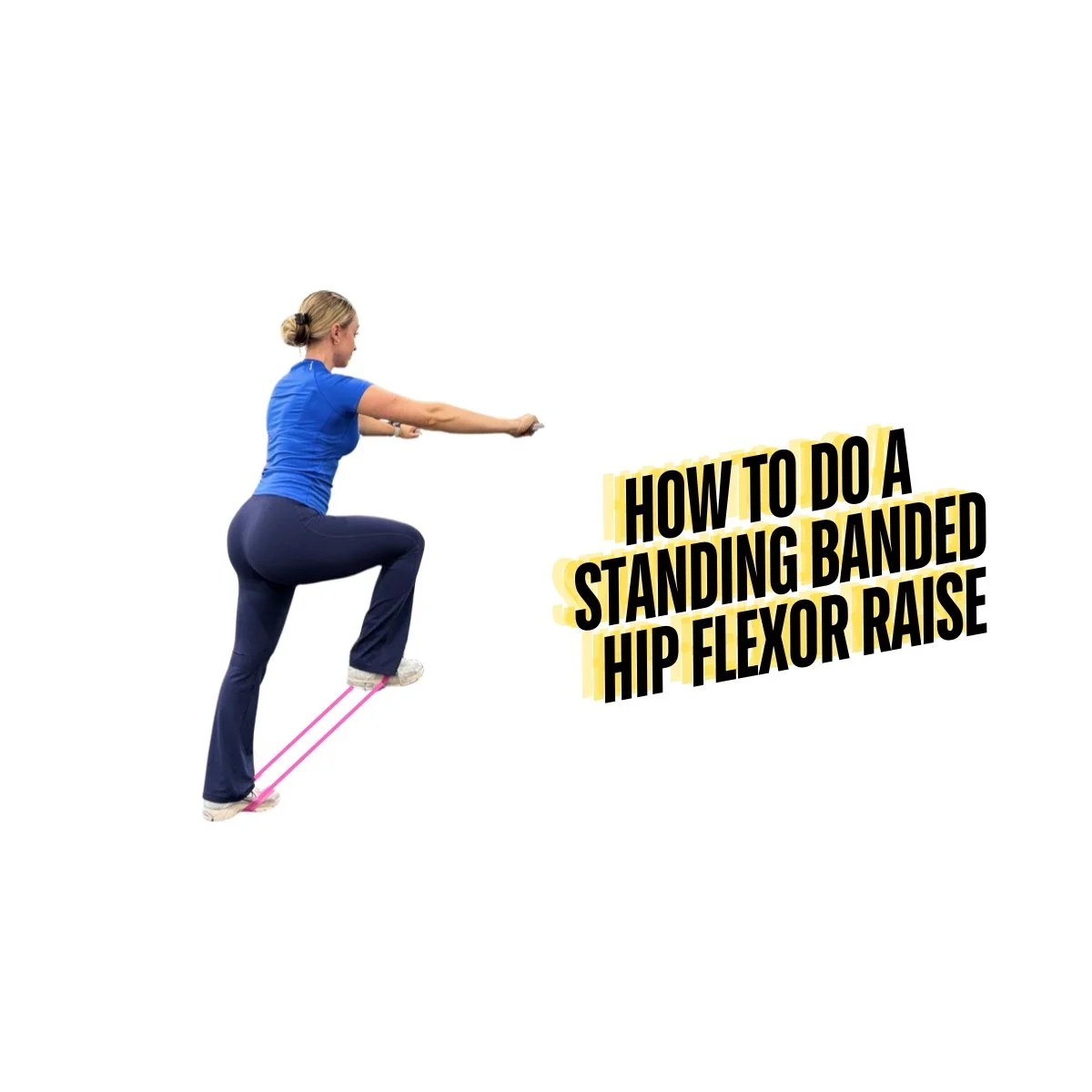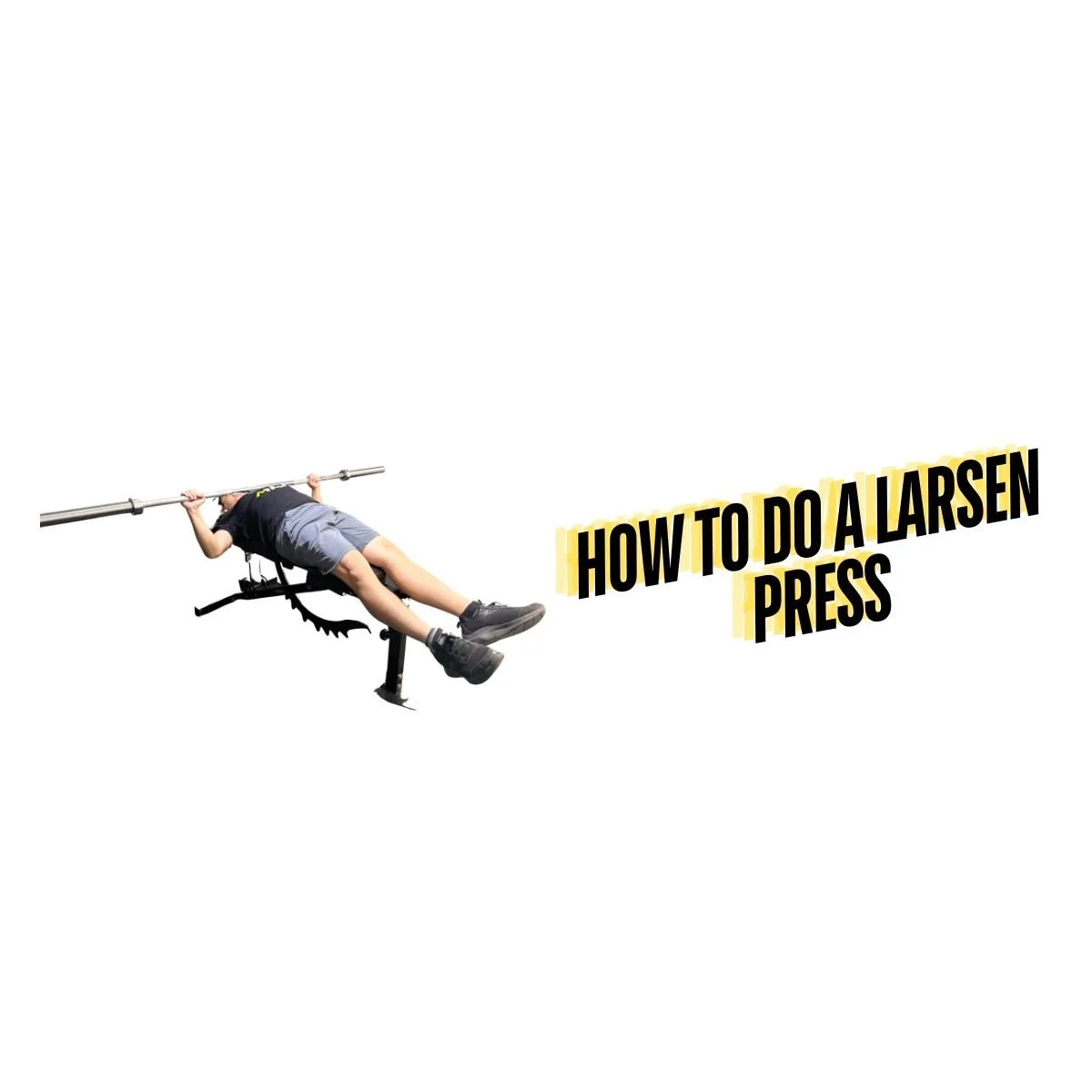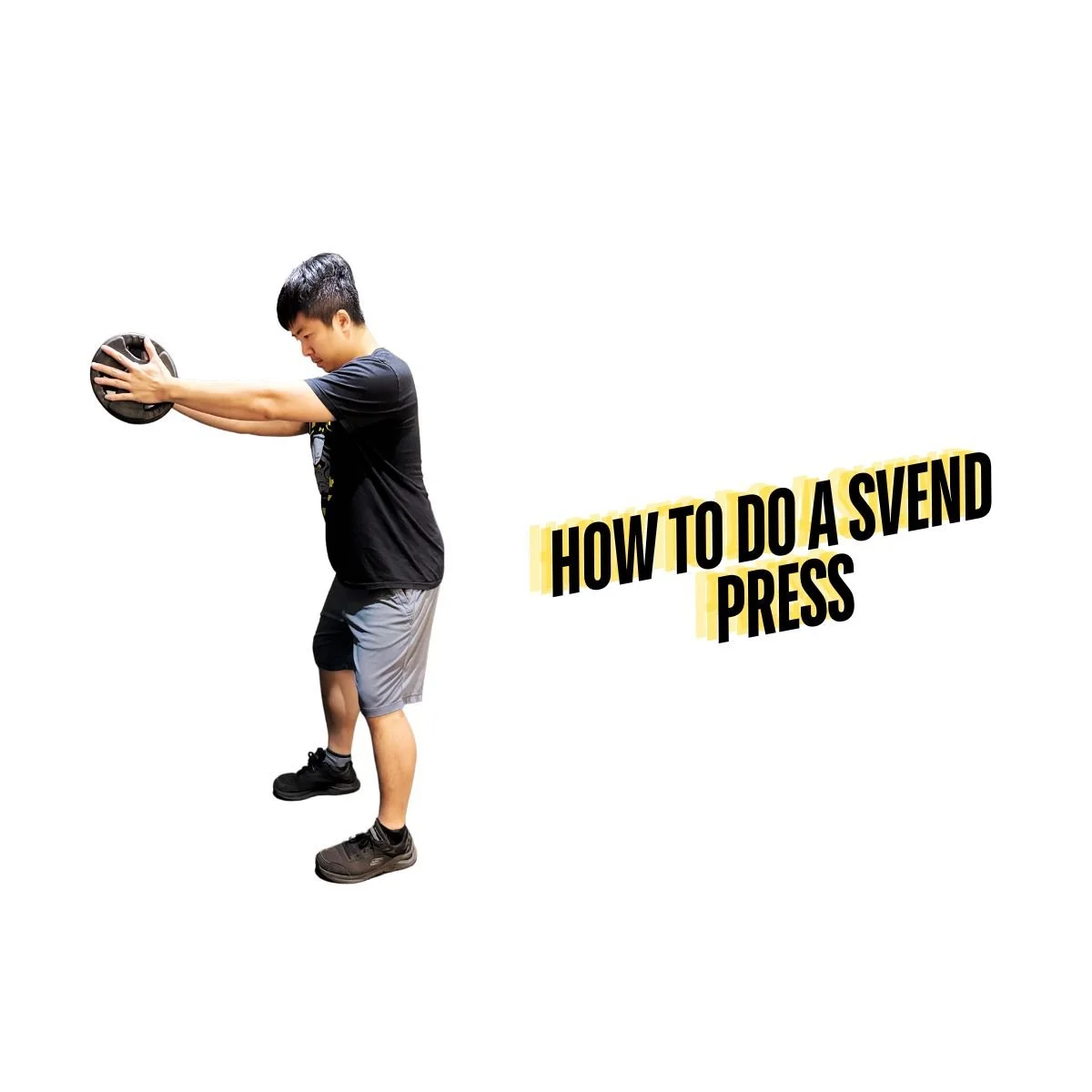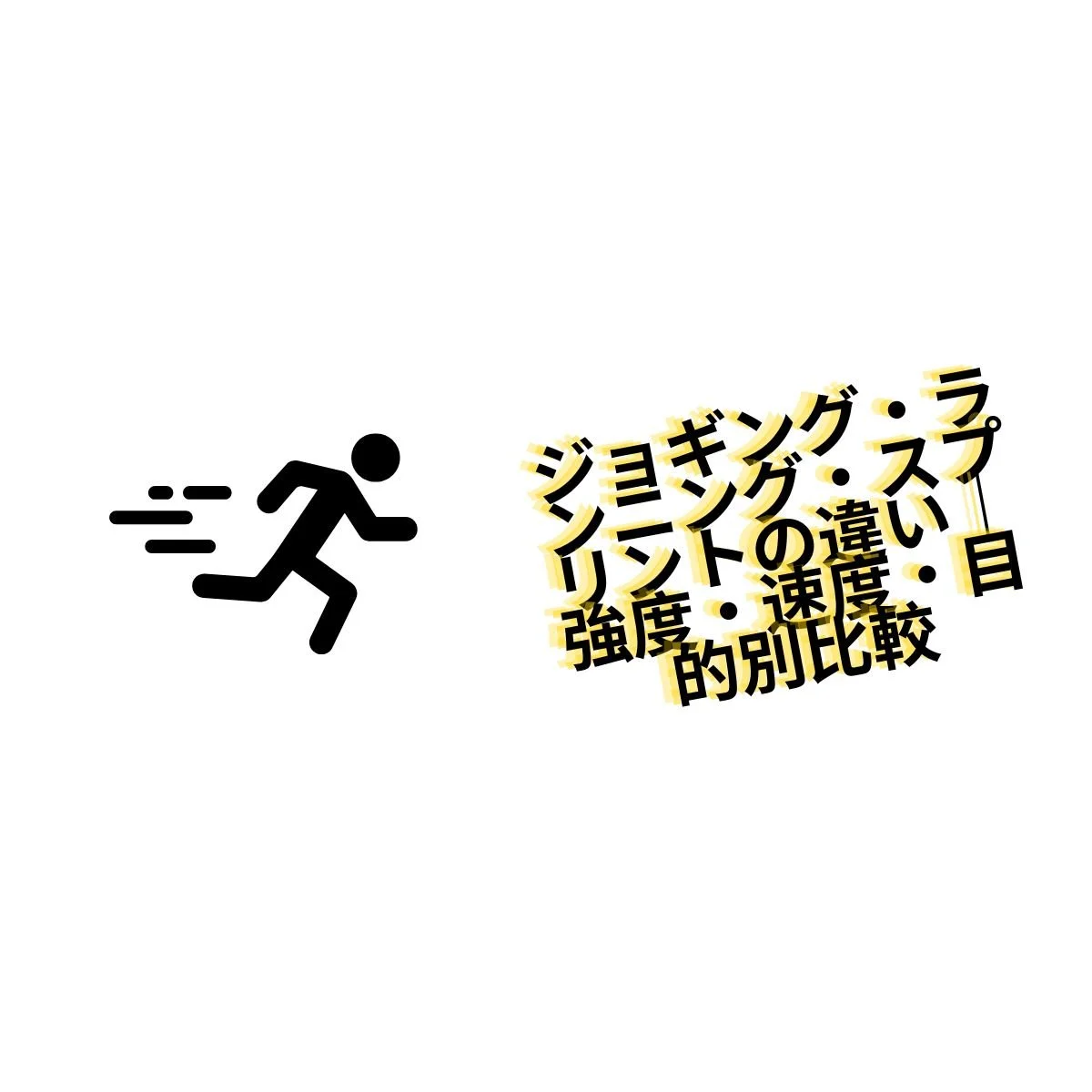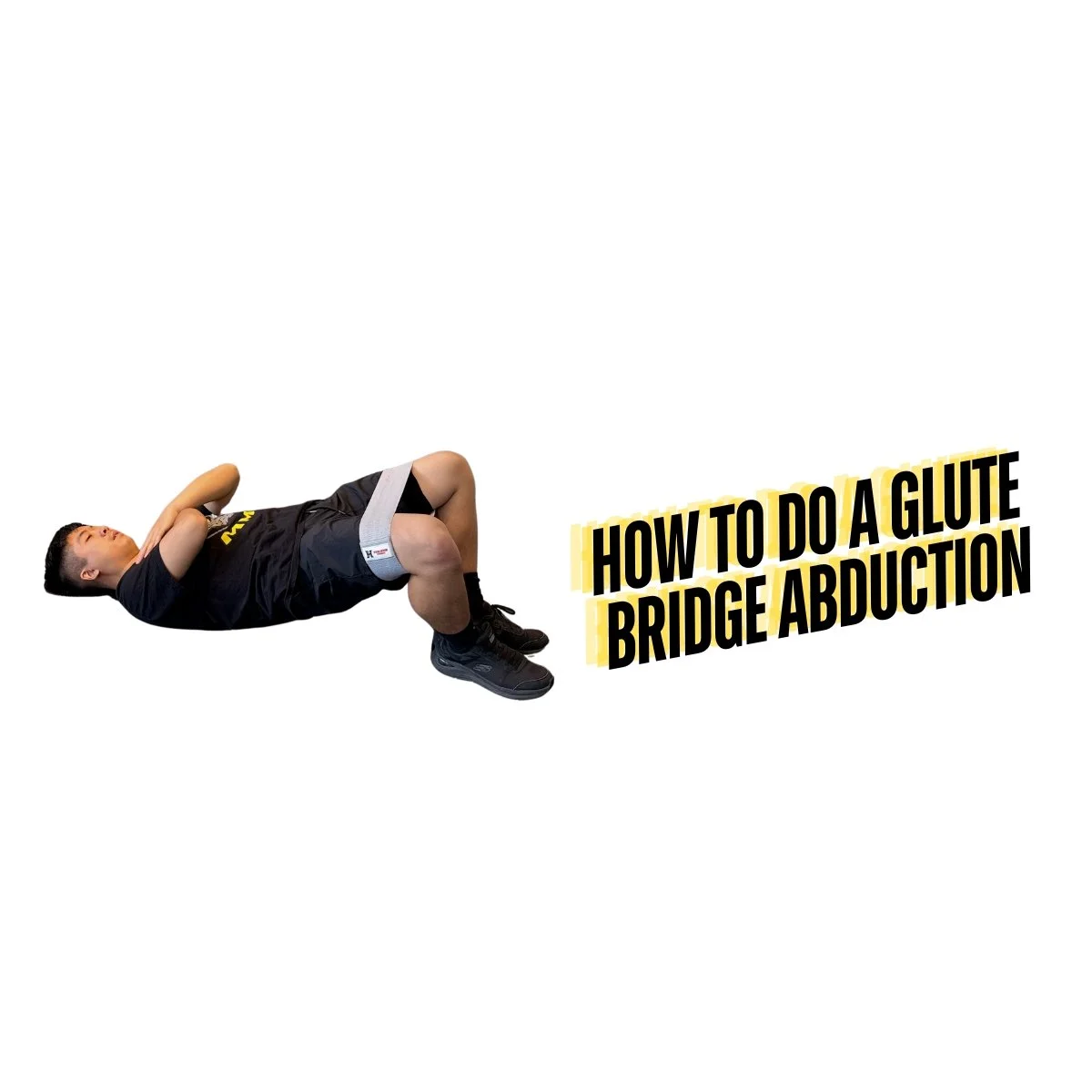RPE | Rating of Perceived Exertion
What Is RPE?
RPE stands for Rating of Perceived Exertion. It’s a scale used to measure the intensity at which you are exercising. This self-report measure is a great tool to use when you do not have access to a heart rate monitor and want to quickly gauge how hard you or your client is exercising. It can be used during any type of exercise or activity and is easy to interpret and administer. The RPE scale is based upon your perceived exertion, how hard you believe that you are working or training. Take time to read through the scale to understand what each number means. Alternatively, ask your trainer to explain it to you to ensure you have a clear understanding.
RPE Scale (Borg Scale)
The RPE scale is also known as the Borg Scale and runs from 0-10. Zero is the lower end of the scale and means that you are not performing any exercise. Five is the midpoint of the scale and means that you are working hard but you still could do much more. Ten is the higher end of the scale and means that this is the hardest you have ever worked, and you can no longer continue, you must stop. Explain the scale to your client and ask them, “How are you feeling on a scale from 0-10” when they are finished their set. The client’s response can help you identify if they are currently working at the appropriate intensity.
0- Rest
1- Really Easy
2- Easy
3- Moderate
4- Sort of Hard
5- Hard
6
7- Really Hard
8
9- Extremely Hard
10- Maximal Effort
Earlier versions of the Borg Scale run from 6-20. You may also use this scale, but the 0-10 version is simpler and can be more user friendly.
RPE Chart
Rpe and the Talk Test
The talk test is used during aerobic activity to help determine how hard you or your client is working. It is also a self-report measure of intensity that goes hand in hand with the RPE scale. The general idea of the talk test is that if you can form sentences longer than 3-5 words, you are probably not working hard enough and you might need to increase your intensity! Please see below for a combined talk test and RPE scale.
0- Rest
1- Really Easy, Can sing or speak with ease
2- Easy
3- Moderate
4- Sort of Hard, You can carry out an conversation easily
5- Hard, You can still talk, but not sing
6- You can talk, but need to take breaths/pauses
7- Really Hard, Can only form brief sentences, Heavy breathing
8-Can only say 3-5 words
9- Extremely Hard, One word maximum
10- Maximal Effort, Cannot Speak
How to Interpret the RPE Scale | RPE weightlifting
In resistance training, it is often assumed that an RPE of 7 is equivalent to about 3 repetitions in reserve. Repetitions in reserve refer to how many more reps could you have completed during the current set. An RPE of 8 has about 1-2 reps in reserve. An RPE of 9 has one rep in reserve and an RPE of 10 is a failure. Failure means that you have no reps in reserve, and you could not do it anymore. Usually, to reach an RPE of 9-10, the client is visibly struggling to complete the rep.
Downfalls of the RPE Scale
When using RPE to determine your training intensity, it is very important to be honest with yourself or with your trainer. Do not be embarrassed to say that you feel like performing 10 squats is an RPE of 7 for you. Everyone has a different fitness level and your trainer will create an appropriate program for you. If you are not being honest when reporting your RPE, or reporting a higher or lower RPE that you are truly feeling, it will take you longer to reach your fitness goals! Stating how you are genuinely feeling will allow for consistency and more enjoyment in your workouts.
Benefits of the RPE Scale
Convenience is the main benefit of the RPE scale. The 0-10 scale is easy for a novice athlete to older adult to understand. The scale allows the trainer to quickly respond to any low or high RPE’s to ensure that the client is working in the appropriate training zone. It costs no money to use the RPE scale, print one out and put it up in your gym!
The RPE scale is also great to use in team or group workout environments. It keeps each individual on the same page and training at the appropriate intensity for themselves. Overall, RPE is great way to prescribe an intensity for aerobic or resistance training programs. This is commonly seen in rehabilitation programs to allow for consistency across their exercise prescriptions.



